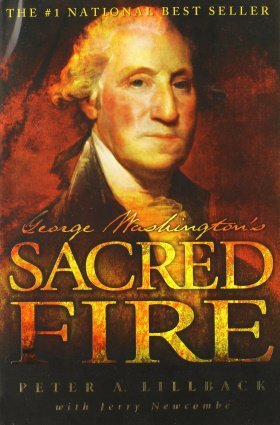Divinity – 3x
Eye of Omnipotence – 1x
Giver of Life – 1x
God – 146x
God of Armies – 2x
Grand architect – 1x
Great & Glorious Being – 1x
Great & Good Being – 1x
Great author of all care and good – 1x
Great Director of events – 1x
Great disposer of all human events – 1x
Great Disposer of Human Events – 1x
Great Governor of universe – 2x
Great Power – 1x
Great ruler of events – 5x
Greater and more Efficient Cause – 1x
Greater and More Efficient Cause – 1x
Greatest & Best of Beings – 1x
Heaven – 133x
Infinite Wisdom – 1x
Lord and giver of all victory – 1x
Lord and ruler of Nations – 1x
Lord of Hosts – 1x
Omnipotent Being – 1x
Overruling Providence – 1x
Ruler of Nations – 2x
Ruler of the Universe – 5x
Sovereign arbiter of nations – 1x
Superintending Providence – 4x
Supreme architect – 1x
Supreme author of all good – 1x
Supreme Being – 7x
Supreme dispense of every good – 1x
Supreme ruler of nations – 1x
Supreme ruler of the universe – 2x
That being who – 3x
So what shall we say about Washington’s alleged use of Deist titles for God? The problem with this objection is that there is no list of what are “Deist” titles for God.79
GEORGE WASHINGTON’S USE OF THE TERM “DIVINE”
To this remarkable list of titles for “deity,” we must also summarize Washington’s use of the word “Divine.” Washington’s understanding of this word is fairly broad. It refers to God’s help as seen in such phrases as: divine providence (19x), Knights of Divine Providence (3x), divine protection (5x), divine interposition (4x), divine aid (2x), divine government (1x), the divine arm (1x).
It refers directly to God in the phrases: Divine Author (2x), Divine Being (1x), Divine Benefactor (1x), and Divinity (1x).

























